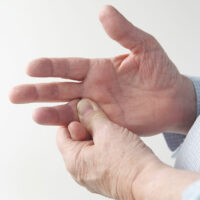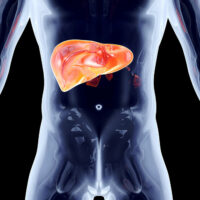Know how to conduct a vehicle title search

Buying a used car is an economically viable alternative to buying a brand-new vehicle, but it comes with its own risks. One of these risks is not knowing the car’s actual history, such as whether it has been in accidents or how much routine maintenance it has gone through. In such situations, conducting a title search on a vehicle can be beneficial to learn about the actual recorded history of the car.
Find the VIN
The VIN or Vehicle Identification Number is a 17-digit combination of numbers and letters assigned to each vehicle. This number can be found in the vehicle’s insurance information documents, such as the insurance card or insurance policy. Since every state mandates that a car has insurance coverage, finding the VIN through the insurance documents is fairly easy. But if the insurance documents are not available, the VIN can also be found on the car’s registration card or sticker. These are usually found on the front windshield on the driver’s side. Besides this, the VIN can also be found on the driver’s side below the windshield, the driver’s side door or door jamb, the front of the engine block, or the front end of the frame. The VIN is typically on a sticker or a small metal engraving or plate at these locations. The location of the VIN may vary depending on the car’s manufacturer and the year of production. So, a quick and easy way to find out where the VIN might be located in a particular car is to search online using the manufacturer and year.
Use a car title search provider
A used car’s history can be easily checked through online databases. For instance, there is the National Motor Vehicle Title Information System. One can head to their official website to get a list of approved providers. Besides this, some states also offer their own title search databases. However, these databases have limitations in situations where a car has a history that is outside the jurisdiction of the state. In either case, whether one is checking the national or state databases, it is important to carefully pick a reliable car title provider. Since most of these services require fees, it is crucial to find a trustworthy website. A good way to determine this is to look at sites that have been approved by a government body. Such sites usually have .gov in the URL. Another way to determine the reliability of a title search provider is to check its repeatability through the Better Business Bureau.
Once a suitable title search provider has been found, simply follow the instructions on the site. Here, one will need to enter the VIN to get started. Once all the information has been filled out, the title search provider will send a report containing all the information related to the car’s history. This report may include information such as whether the car spent time in a junkyard, has been rebuilt or salvaged, returned to the manufacturer, or had its odometer changed to an incorrect mileage.





